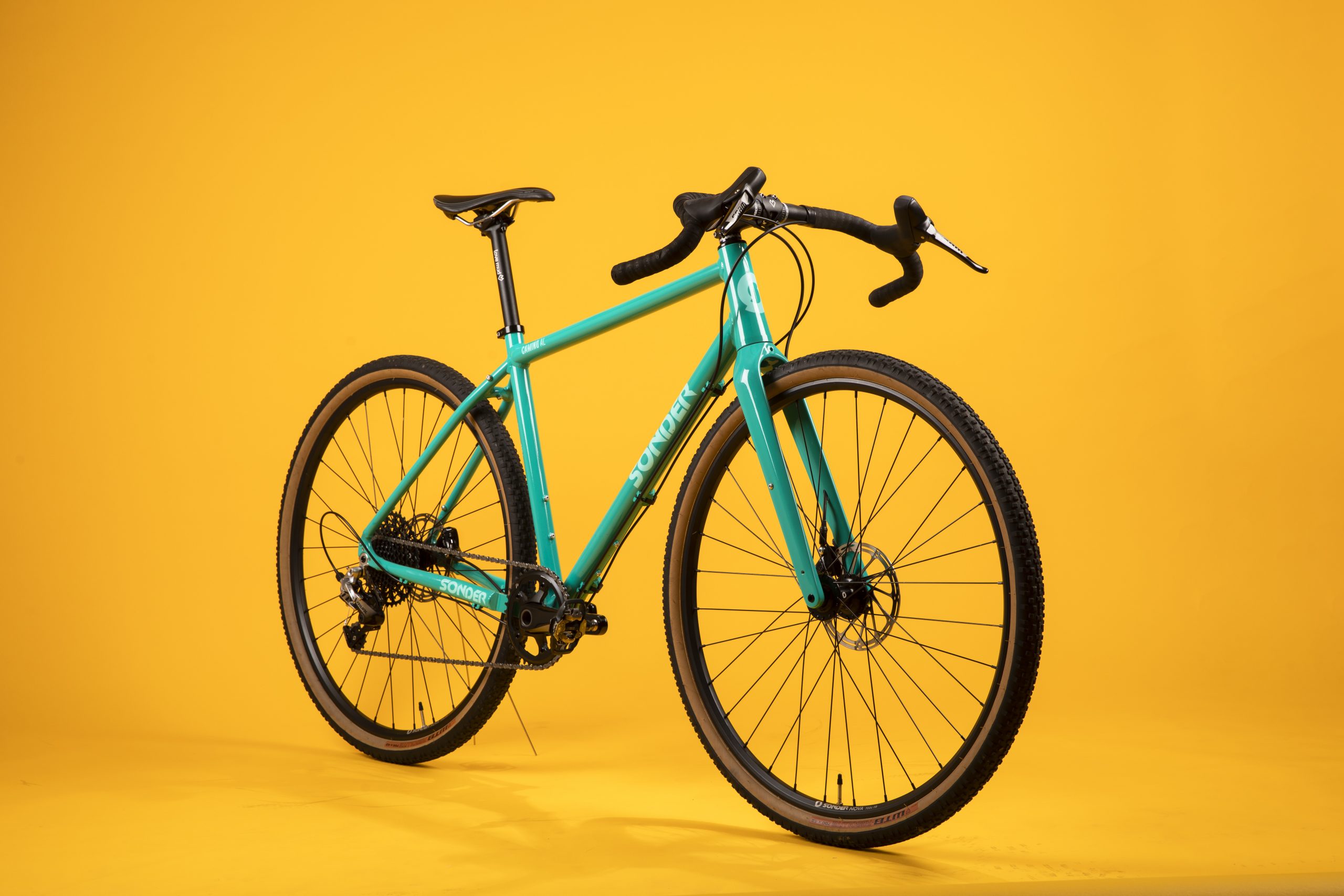Clash of the cables: Fully housed or partially exposed?
Stefan Abram shifts between the two schools of cabling


This summer’s highest-profile launches have all shared a commonality: fully internal cable routing.
However, there are many good reasons to keep cables external – not least to allow for straightforward serviceability at home or, at a pinch, on the go.
External cables are far more likely to be present on your winter hack than your summer race machine, but if you do opt for this approach, there is a further choice: do you run your external cables fully housed or go exposed?
In the case of fully housed external cables, the gear cable runs inside the outer housing right from the shifter to the derailleur. If you opt for exposed external routing, the cable will run inside the outer housing from the shifter to the stops on the down tube and then exit the housing and remain exposed for the majority of its length. Each has its benefits and its compromises.
The argument for exposed
To shift into a bigger sprocket, a certain length of the gear cable needs to be pulled through. If some of this movement is taken up by compression of the outer housing, vague and spongy shifting can result. Whereas, to drop onto a smaller sprocket, a certain amount of cable needs to be released – if there is too much friction in the system, the derailleur won’t be able to pull the chain down the cassette or chainrings.
Both these concerns are felt by Dom Thomas, bike designer at Fairlight Cycles who is responsible for such great frames as the Transcontinental winning Strael. “I really do think you can notice the reduced friction and compression with exposed cables,” he said. “When combined with the most up to date derailleurs and shifters, it just feels great.”
Get The Leadout Newsletter
The latest race content, interviews, features, reviews and expert buying guides, direct to your inbox!
Such is Thomas’s commitment to the exposed cable cause, he went to great pains in his bike designs so as to include them. “It would actually be a lot easier to design our frames with full housing,” Thomas admitted. “Real estate around the BB area is extremely tight with chainrings, third bottle mount, large tyres, dynamo holes. To include exposed cabling took some careful thinking.”
There are, however, some drawbacks to exposed cables – especially in the winter months.
“If dried mud cakes around the bottom bracket, that can affect shifting,” Thomas warned. Although he was quick to point out that if you’ve let your bike get into that state, you’re likely to also be experiencing other issues, such as clogged-up jockey wheels and chain. But he added: “I think if the mud or debris is wet then it has little effect on the shift.”
The argument for fully housed
Neil Sutton is the designer of Sonder bikes, of which we awarded the gravel-faring Camino a full 10/10 in our review.
Sutton’s predilection for full housing stems from his youth, when he would run a full outer and just zip-tie it to the frame. “It just always works,” he explained, “there’s nowhere for mud to get in and clog up the cable.”
Although some debris won’t impede the movement of an exposed cable too badly, Sutton finds that the greater issue is contamination of the outers. “When water gets into the housing, that’s when things start to get draggy and need recabling.”
For Sutton, the fit-and-forget nature of going fully housed trumps any claims of a crisper shift. “To be honest, even with cheap outers, you’re going to be hard-pushed to feel the compression or friction affecting your shift. With good quality kit and a modern drivetrain, I don’t really find that an issue at all.”
However, Sutton admits there are some sacrifices with fully housed. “With exposed cables, you have a cable adjuster close to hand on the down tube, so you can index your gears while riding.” Although you could fit an inline cable adjuster near the handlebars, Sutton isn’t a proponent as it just gives another location for water and grime to get in.
For incorrigible tinkerers, an added benefit of fully housed cables is that you can swap out components more easily. “You can replace the whole groupset without any need for recabling.”
There is, of course, a minor weight increase, but it’s hardly a big concern on a winter bike with a full set of mudguards. Sutton agrees: “The sort of bikes we do, we’re not too precious about weight. Personally I’ve never been one to scrimp to save a few grams here and there.” Sutton said.
The final say
Exposed
Thomas says: “I feel the difference is noticeable and also, my general design ethos is always led by function, utility and simplicity. I nearly always prefer the function to be on display, it makes the product easy to grasp and makes servicing and maintenance more straightforward.”
Fully housed
Sutton says: “It’s a fit and forget thing; good quality cables, a solid outer all the way from the shifter down to the rear mech, that’s my preferred way of doing things.”
We say
If you are particularly sensitive to the feel of your shift and have an impeccable cleaning routine, you won’t be caused any problems by external cabling with exposed cables. But for big days out in questionable conditions, the consistency and reliability of fully housed looks to be the better option.

Thank you for reading 20 articles this month* Join now for unlimited access
Enjoy your first month for just £1 / $1 / €1
*Read 5 free articles per month without a subscription

Join now for unlimited access
Try first month for just £1 / $1 / €1

After winning the 2019 National Single-Speed Cross-Country Mountain Biking Championships and claiming the plushie unicorn (true story), Stefan swapped the flat-bars for drop-bars and has never looked back.
Since then, he’s earnt his 2ⁿᵈ cat racing licence in his first season racing as a third, completed the South Downs Double in under 20 hours and Everested in under 12.
But his favourite rides are multiday bikepacking trips, with all the huge amount of cycling tech and long days spent exploring new roads and trails - as well as histories and cultures. Most recently, he’s spent two weeks riding from Budapest into the mountains of Slovakia.
Height: 177cm
Weight: 67–69kg
-
 7-Eleven returns to the peloton for one day only at Liège-Bastogne-Liège
7-Eleven returns to the peloton for one day only at Liège-Bastogne-LiègeUno-X Mobility to rebrand as 7-Eleven for Sunday's Monument to pay tribute to iconic American team from the 1980s
By Tom Thewlis
-
 Rapha launches the Super-League, a new British road racing points competition
Rapha launches the Super-League, a new British road racing points competition16 events make up the Rapha Super-League, including crits and road races, with overall winners crowned
By Adam Becket